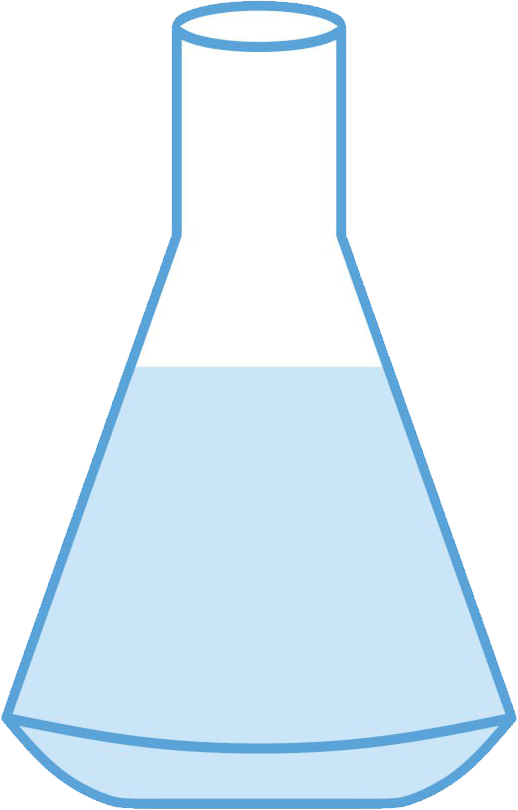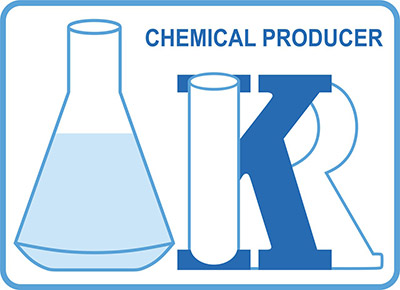Iso Butyl acetate
i-Butyl acetate / C6H12O2 Flammability limit Threshold limit value LFL UFL TLV-TWA TLV-STEL 1.3% 10.5% 150 ppm. 700 mg/m3 200 ppm. 950 mg/m3 i-Butyl acetate : Description And Use USE Iso Butyl Acetate has great solvency traits for polymers, resins, oils, and cellulose. It is mainly used in paints and coating. Industry for wood varnishes,…

